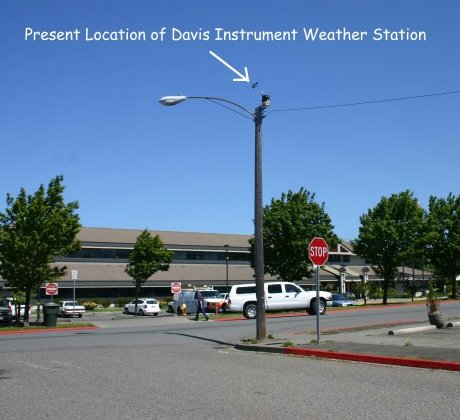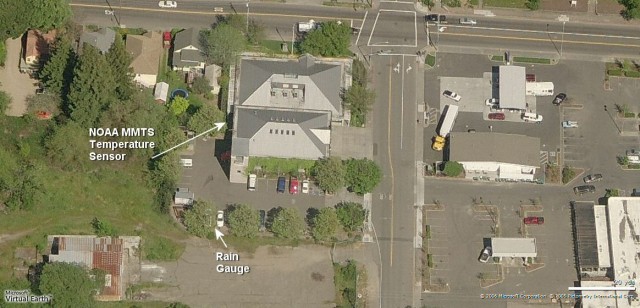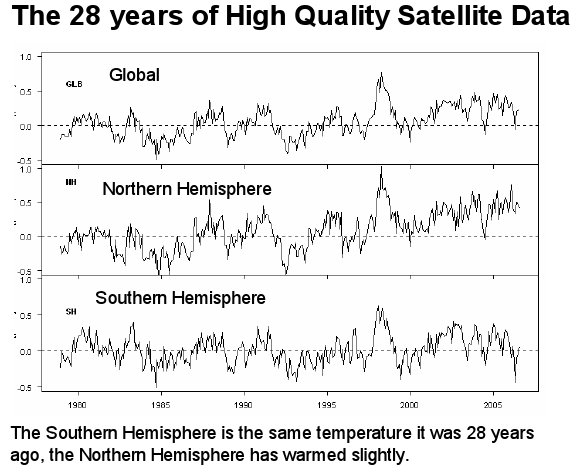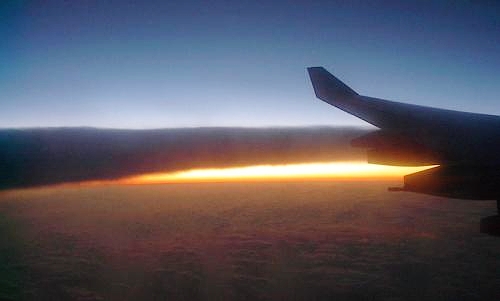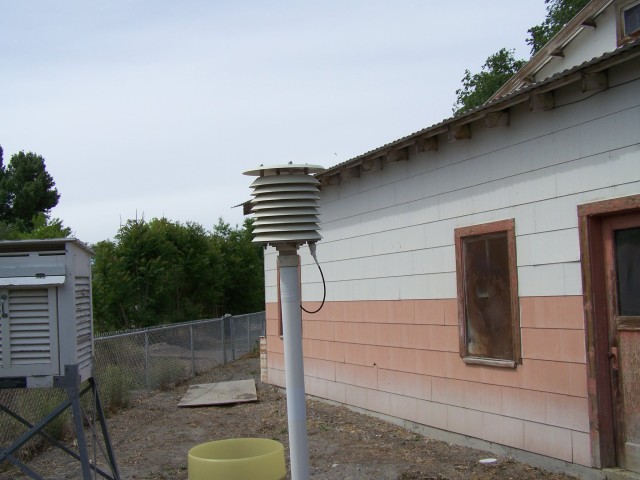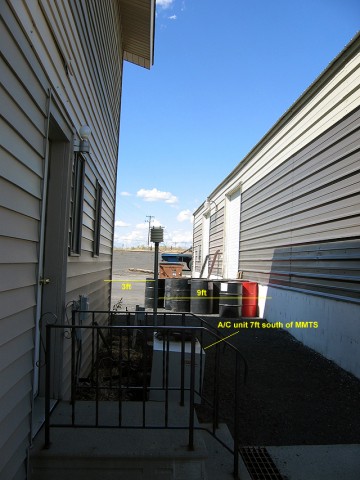The margin of error…
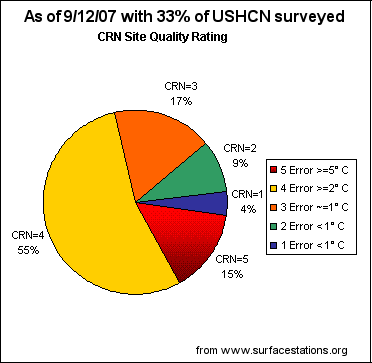
Anthony Watts;
Immediately after the conference, a senior official at NCDC requested a copy of the [slide show], which I provided to him on CDROM. After receiving it, in a follow up email he inquired as to distribution rights which I granted within NCDC and NOAA for the purpose of review. That was last week. Thus far no issues have been raised with the presentation content. Since no issues were raised at the conference or in the two weeks afterwards (two weeks as of today) I have decided to release it publicly. Note that of the 33% surveyed, only 13% meet the CRN site criteria (Rating of 1 and 2) for an acceptable location to accurately measure long term climate change free of localized influences.
Here’s one for old times sake – USHCN Lovelock.
Be sure to check out the slide show.



